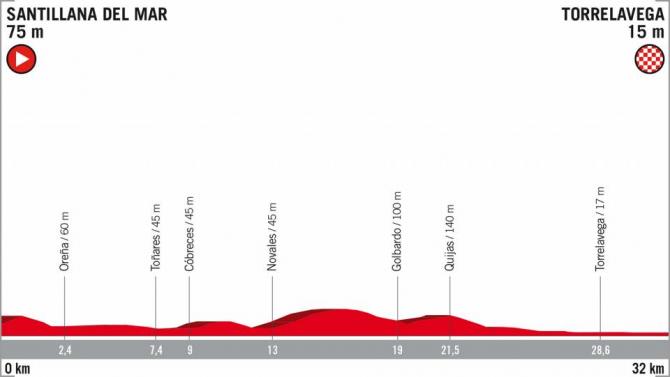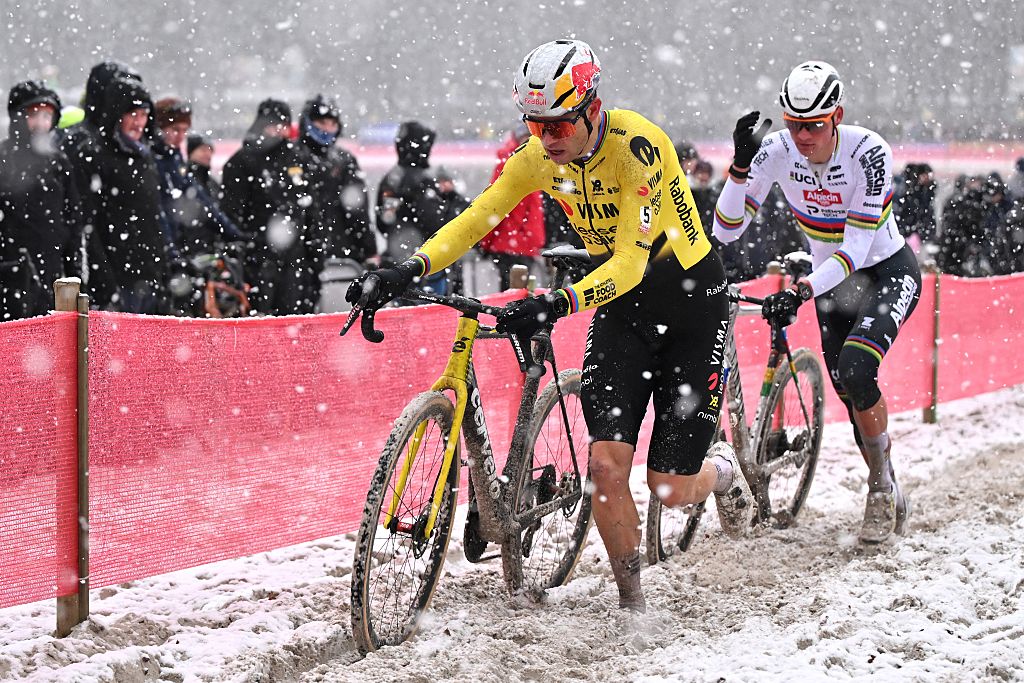Torrelavega time trial set to shake up the Vuelta a Espana - Preview
Movistar leadership dilemma may finally be resolved on stage 16
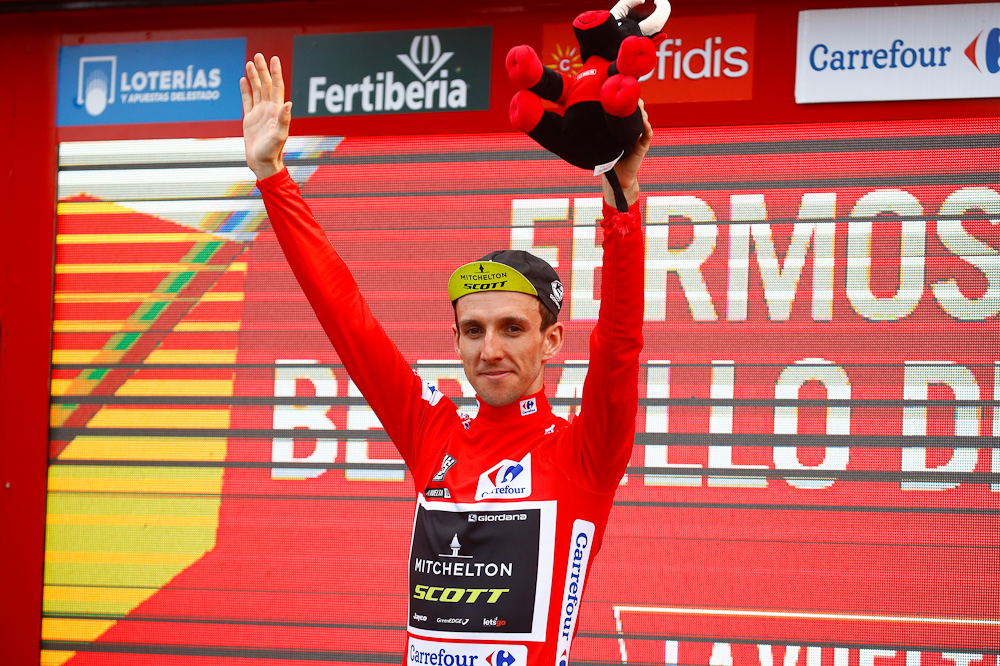
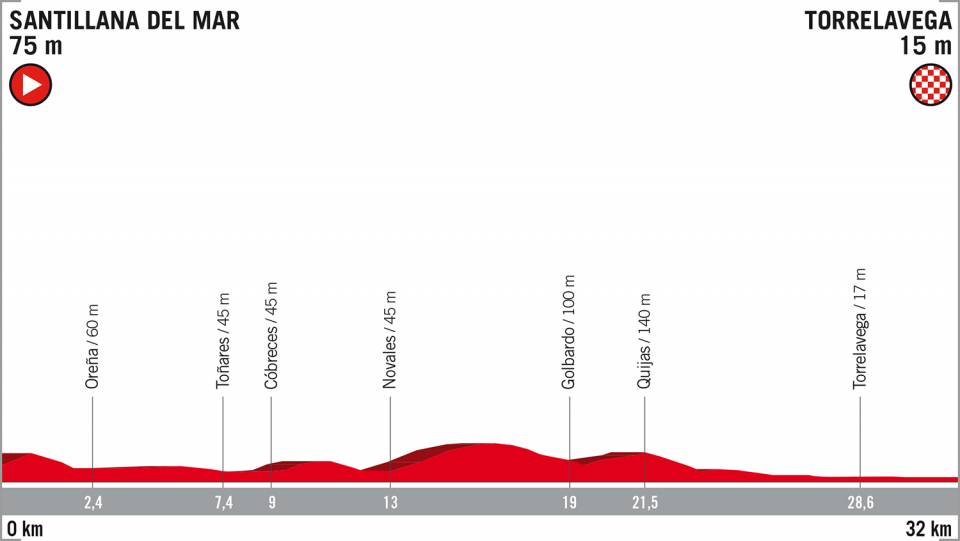
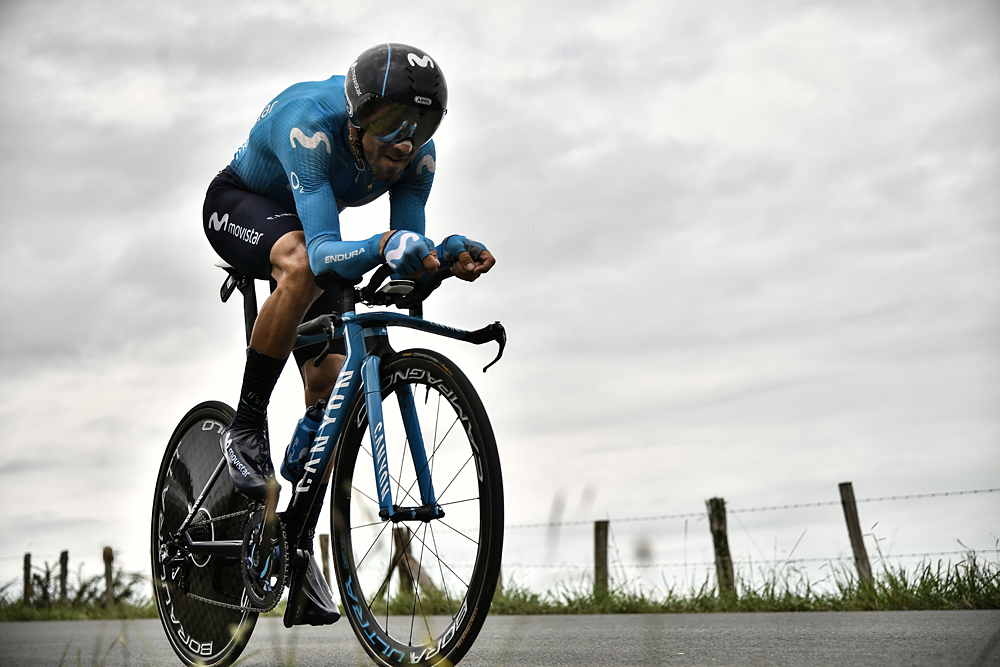
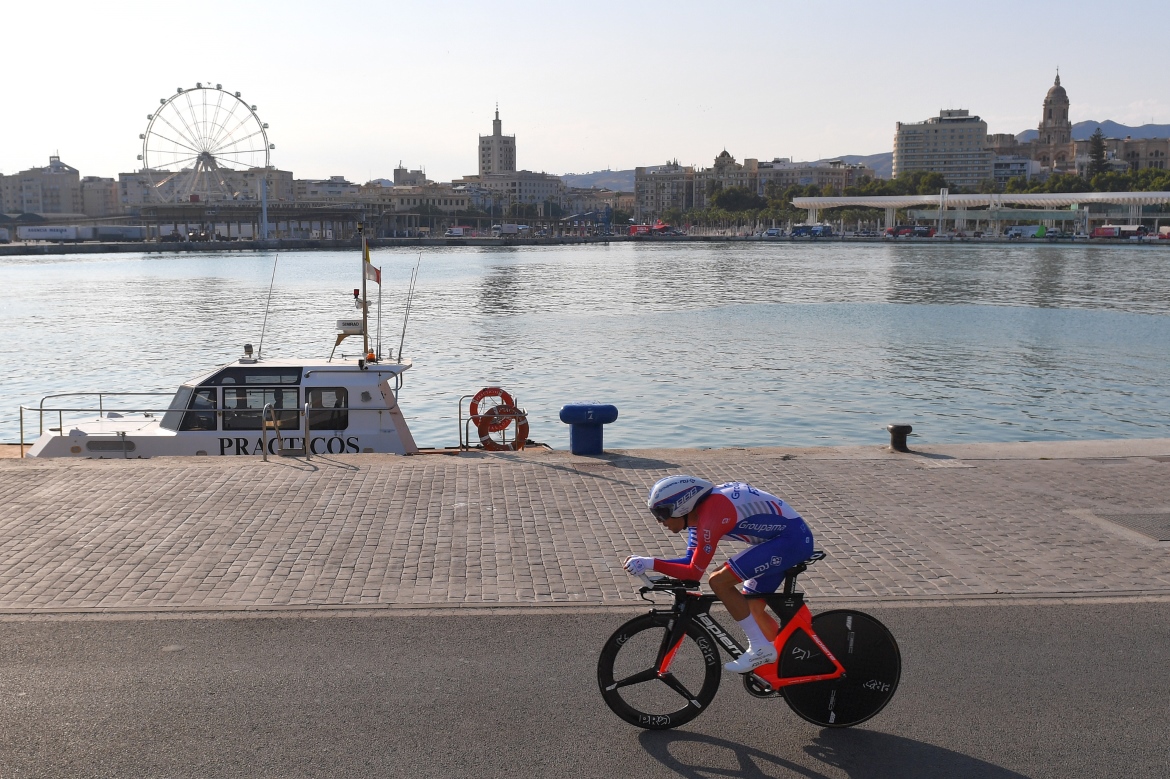
Just as in 2017, the Vuelta a España’s third and final week kicks off with an individual time trial, which, given the current stalemate in the mountains, could prove crucial for the overall outcome of the race.
Running between the village of Santillana del Mar and the Oscar Freire Sports Stadium in the former triple world champion’s home town of Torrelavega, stage 16’s time trial is, at 32 kilometres, long and varied enough to establish some important differences.
But the undulating route through the rural hinterland of the Cantabrian seaport of Santander is by no means so challenging a time trial that it is doomed to kill off the GC battle completely – not least with three tough mountain stages to come between here and Madrid.
Instead, this time trial, with its 390 metres of vertical climbing on draggy well-surfaced roads, could well establish the kind of middle-sized time gaps that might see more room for manoeuvre for all-out attacks from the GC contenders in the mountains.
Historically, that has been the case. Back in 1973 when Torrelevega first hosted a time trial –this will be its third, after Colombia’s Santiago Botero won a 44-kilometre test in 2001 – Eddy Merckx won a 17-kilometre effort hands-down, boosting his overall lead. But that didn’t stop Luis Ocaña, who lost 36 seconds to Merckx, attacking the Belgian star time and again the following day on the ascent to the Basque climb Orduña, and dropping him to boot.
Ocaña was finally caught by Merckx and Thevenet before the finish in Mirando del Ebro, but his attacks on Orduña, clad in the red and yellow of Spanish National Champion, lingered long in the memories of local fans.
45 years on, quite apart from the GC, the time trial could well be vital in deciding whether Alejandro Valverde or Nairo Quintana acts as leader for Movistar in the Vuelta. The two have come out of the mountain stages without a clear hierarchy being decided in the Spanish team, but Torrelavega may well do that for them.
The latest race content, interviews, features, reviews and expert buying guides, direct to your inbox!
The route
The time trial route kicks off in Santillana del Mar, a stone’s throw away from the world-famous Altamira Caves, where some of the earliest prehistoric paintings were discovered more than a century ago.
It turns left onto the first of several broad A-roads and starts in anything but gentle fashion, with a steadily rising 700-metre uphill ramp. The ramp is not hard enough, at just 5 or 6%, or technical enough to cause too much damage, but given the time trial’s relentless series of undulating dips and rises that follow, it’s a good foretaste of the shape of things to come.
After several of these grinding ascents, the route turns hard left up through the little village of Cobreces after 9km, on what forms the first segment of the time trial’s main climb. Never too steep – perhaps 6% at most – after half a kilometre the ascent flattens briefly, before a sharpish hook right takes the riders onto the longer, tougher part of the unclassified ascent.
This heads steadily but not steeply upwards on narrower, much more winding roads, before a shallow summit at 185 metres above sea level. Afterwards, the riders plunge downwards on a very fast descent with just a couple of more technical bends. The biggest challenge is right at the bottom [km 23] where the route, which is well surfaced, narrows suddenly on a bridge and then immediately hooks left onto the road’s umpteenth section of draggy climb.
The climb is exposed, almost dead straight and easily more than a kilometre long. “That last climb is the worst,” a fit-looking local veteran rider who was out testing the route told Cyclingnews as he pedalled up. “It’ll likely be right into a headwind and it’ll really test the riders.” For the record, he recommended a 56-tooth chainring for the course.
After this last, interminably long drag finally crests on a wide-open summit between blocks of housing, the road points downward for another fast descent towards Torrelavega. The route through the centre of the large, heavily industrialised town on mainly straight avenues between high blocks of flats is not too complicated, and after a couple of kilometres the route heads out of town towards the nearby Oscar Freire Sports Complex.
The stage ends on with a bizarre out-and-back loop around an athletics track and open-air velodrome, the same where – for those fans with long memories – David Millar beat Santiago Botero in a drawn-out two-up sprint in the 2001 Vuelta a España for the Scot’s second stage win in five days.
As for Tuesday, the top favourite has to be Rohan Dennis (BMC Racing Team), already the winner of the Vuelta’s opening time trial, and his closest challenger could well be European TT champion Victor Campanaerts (Lotto-Soudal).
Among those involved in the GC battle, Steven Kruijswijk (LottoNL-Jumbo), Alejandro Valverde (Movistar), Wilco Kelderman (Team Sunweb), Ion Izagirre (Bahrain-Merida), Thibaut Pinot (Groupama-FDJ) and Rigoberto Urán (Team EF-Education First) all look, on paper, to be favoured by the course. Simon Yates (Mitchelton-Scott) is also aiming to be in the mix. For the Vuelta, in any case, this time trial will likely prove to have a major impact.
Alasdair Fotheringham has been reporting on cycling since 1991. He has covered every Tour de France since 1992 bar one, as well as numerous other bike races of all shapes and sizes, ranging from the Olympic Games in 2008 to the now sadly defunct Subida a Urkiola hill climb in Spain. As well as working for Cyclingnews, he has also written for The Independent, The Guardian, ProCycling, The Express and Reuters.
